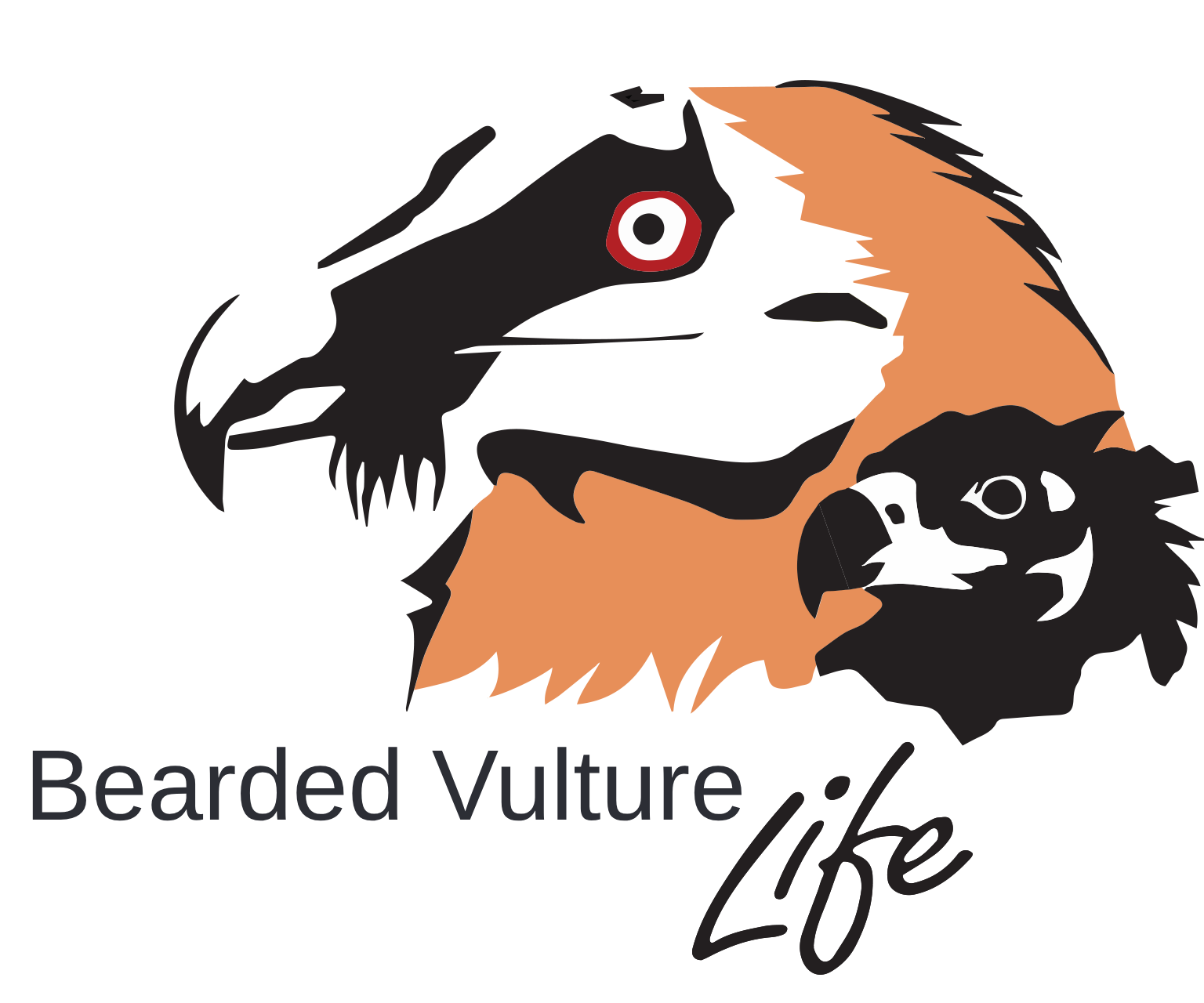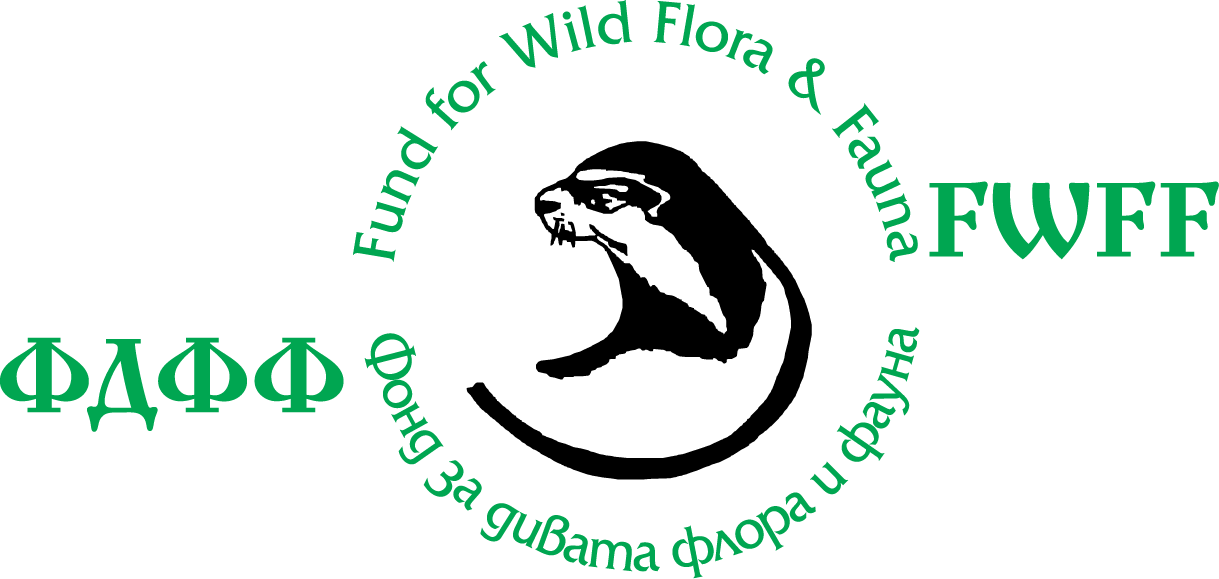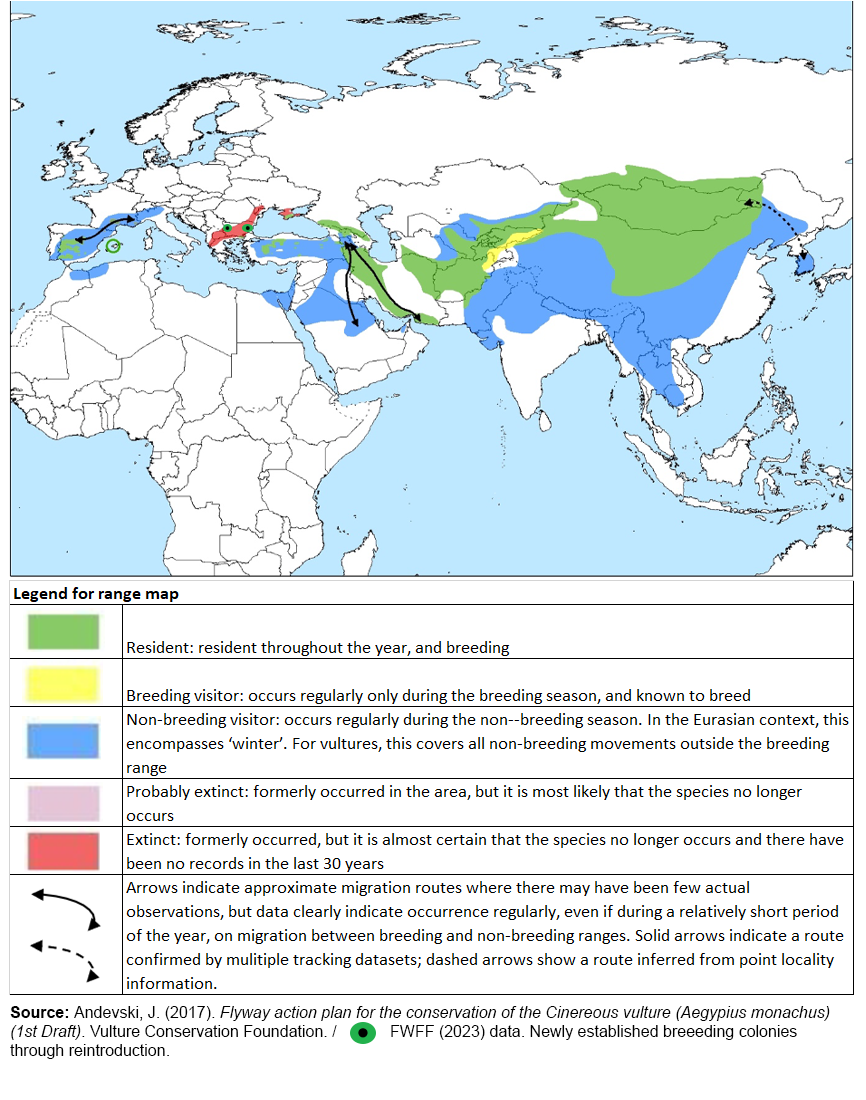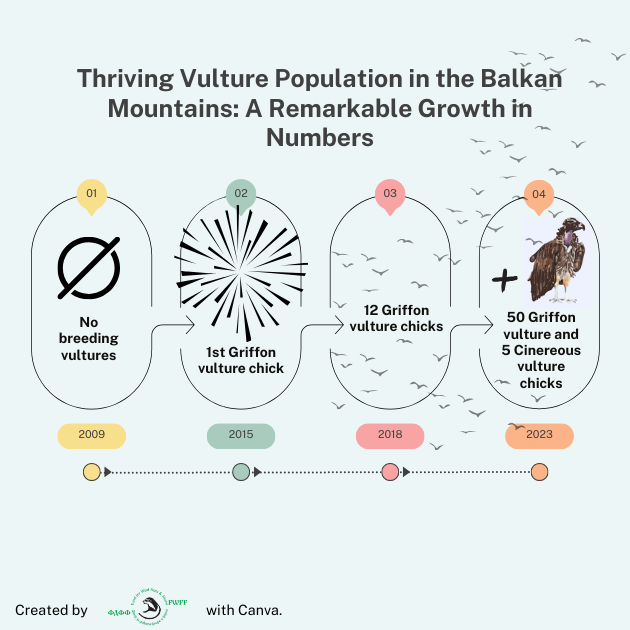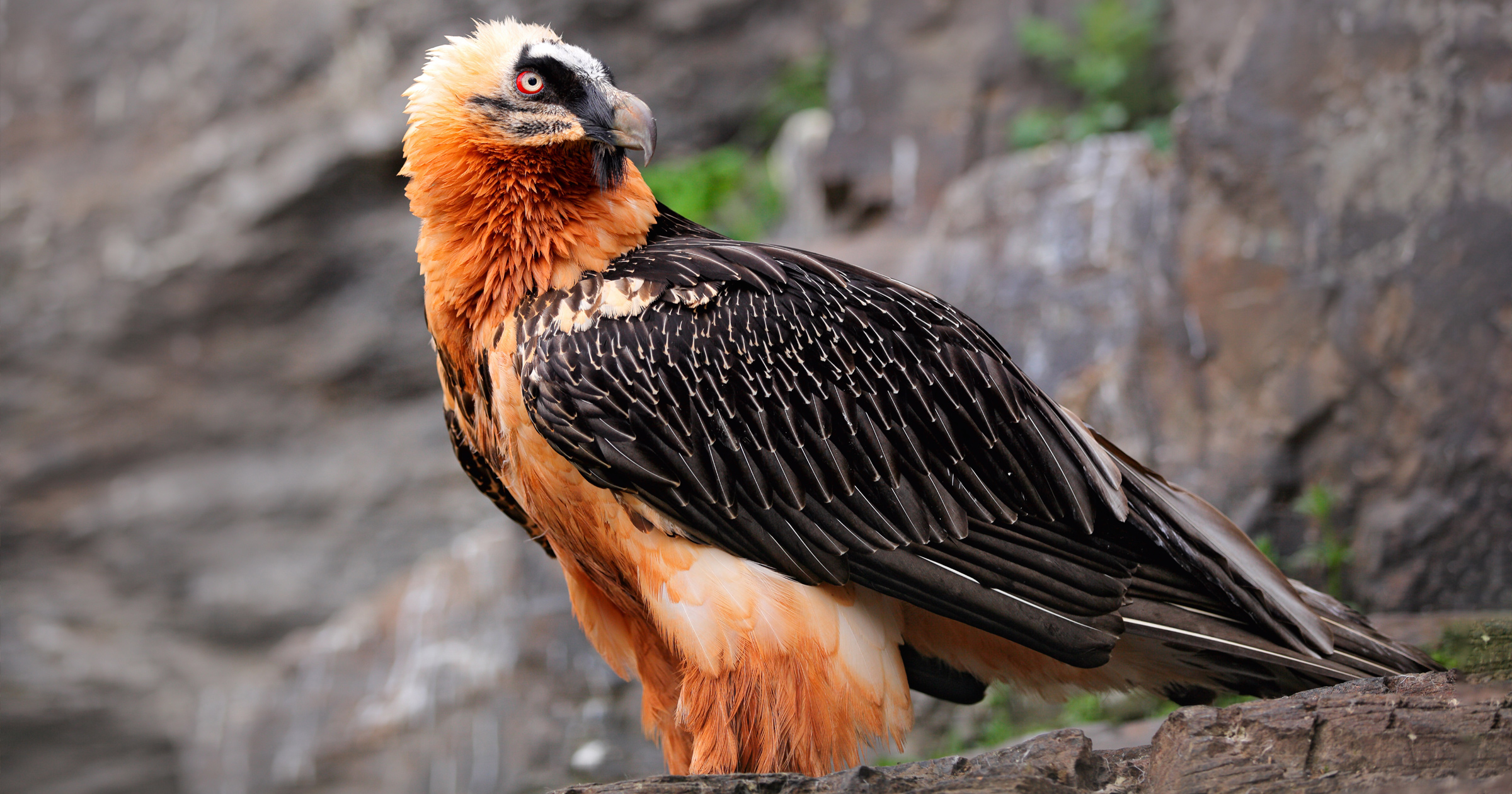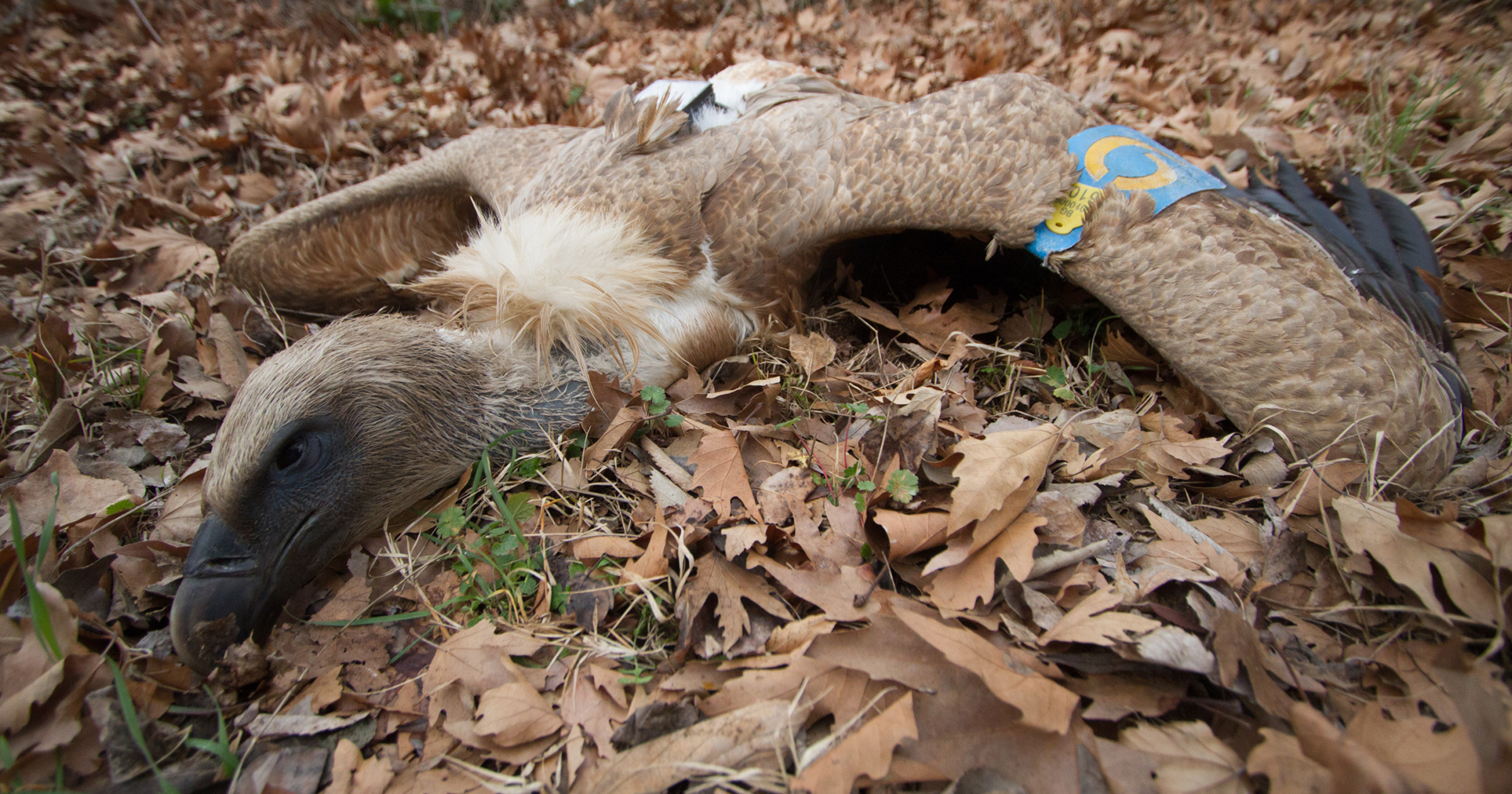Cinereous vulture is listed as a Near-threatened Global IUCN Red List Category C1 and SPEC 1 Rare in Europe (BirdLife International 2015).
Cinereous Vulture
Distribution
Cinereous vulture is rare in Europe with breeding autochthonous and remnant populations only in Spain, Portugal and Greece (only one small colony of 30-35 pairs in Dadia Forest Reserve) and reintroduced in France in the EU. Marginal populations also survive in Ukraine (Crimea) and Caucasus (Georgia, Armenia, Azerbaijan and Russia). The total European population is estimated at 2,300-2,500 pairs of which about 90% are in Spain (Botha et al. 2017).
Further in Asia this species breeds in Uzbekistan, Kazakhstan, Tajikistan, Turkmenistan, Kyrgyzstan, Iran, Afghanistan, northern Pakistan, Mongolia and mainland China.
The wintering range includes additional states to the south of the breeding range, in Saudi Arabia, Iran, northern India, Nepal, Bhutan, Bangladesh, DPR Korea and Republic of Korea (North and South Korea, respectively).
It appears to be very rare and of irregular occurrence in Africa (e.g. Egypt), with no reliable records in Sudan but several observations in West Africa.
Nowadays, based on long-term conservation initiatives in Bulgaria, the circumstances for vultures have changed and the best evidence for that is the successful restoration of the closely related species – the Griffon Vulture Gyps fulvus.
Started in 2018/2019 the project “Bright Future for Cinereous vulture” in Bulgaria provided for the release of 77 individuals by 2022 in the Bulgarian Kotlenska planina SPA & Sinite Kamani- Grebenets SPA and Vrachanski Balkan SPA and the first successful reproduction of the species was confirmed in two distinct sites in the wild in Bulgaria. The result is five hatched chicks in Stara Planina until 2023.
Habitat and Ecology
This species prefers arid hilly and mountain terrain, including wooded areas, semi-desert regions, areas above the tree line, and agricultural habitats with some forest patches. They spend a lot of time soaring in search of food and often perch on trees rather than cliffs or the ground. In areas with abundant food, they may gather in large flocks.
Found in hills and mountains at altitudes of 300-1,400 m in Spain, they occur at higher altitudes in Asia, including scrub, arid, and semi-arid alpine steppe and grasslands up to 4,500 m.
They forage over various open terrains, including bare mountains, steppe, and grasslands. Nests are typically built in trees or rarely on rocks, sometimes in loose colonies. Their diet primarily consists of carrion from medium to large mammal carcasses, although they have been known to eat snakes and insects. Live prey is rarely consumed, and in Mongolia, their nesting success is linked to livestock numbers.
In the Balkan Peninsula, the Cinereous vulture nests mainly on pines.
